Nasreen Mohamedi: the new Met Breuer brings modernist India to New York
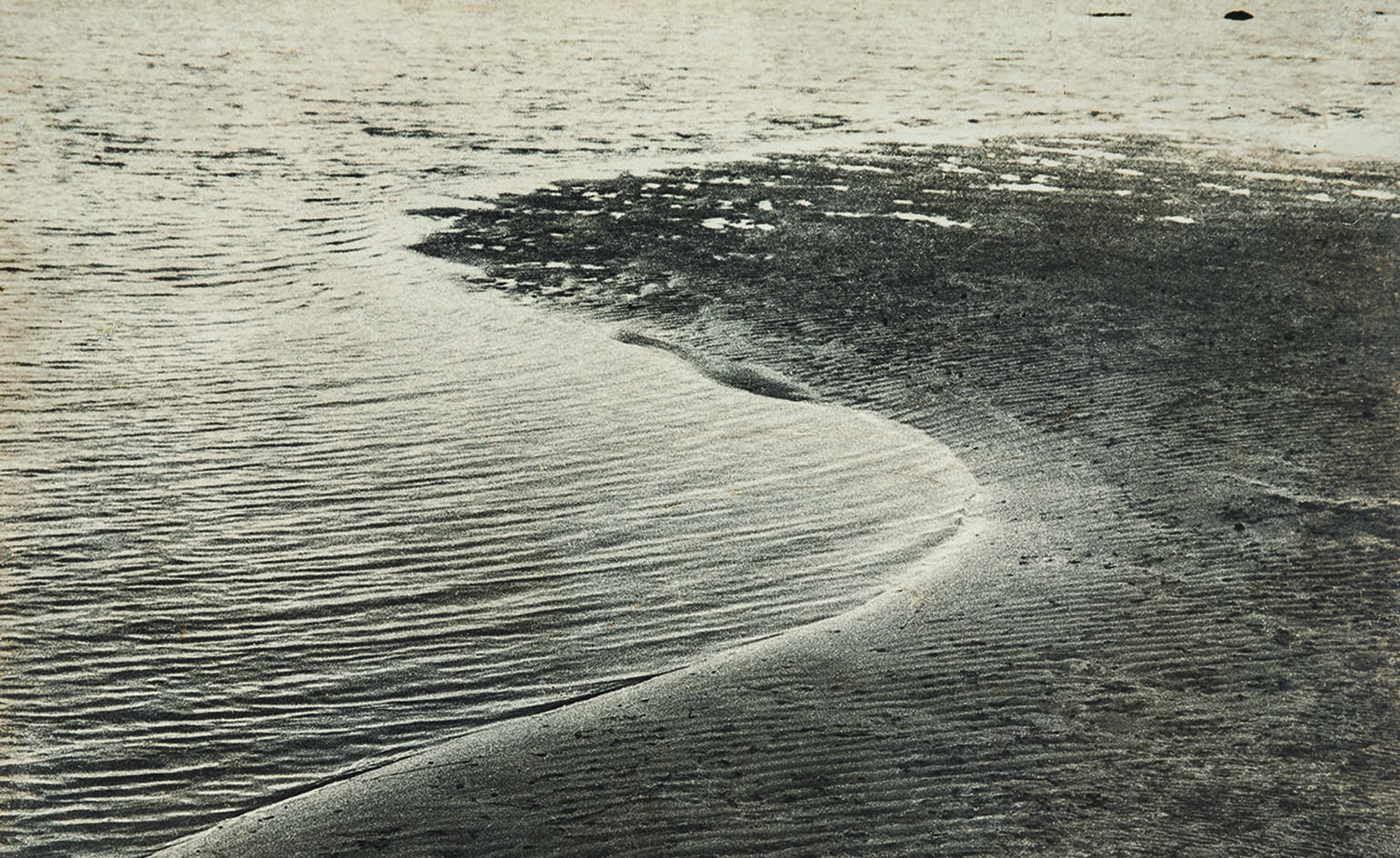
The opening of The Met Breuer, the Metropolitan Museum of Art’s modern and contemporary program, has also brought a retrospective of Indian modernist Nasreen Mohamedi to New York. Open now, the exhibition – organised by The Metropolitan Museum of Art and the Museo Nacional Centro de Arte Reina Sofía, Madrid, with the collaboration of the Kiran Nadar Museum of Art, New Delhi – is paying homage to an artist often discussed as underappreciated.
'The fact that she is a woman is absolutely essential here. She didn’t get acknowledged whilst she was alive but now she is receiving it here,' says Indian art collector and philanthropist Kiran Nadar who is also the founder of the eponymous Delhi art museum. 'There has been an Agnes Martin comparison yes, but this now allows people see the work the way its meant to be seen and it will open new windows for people to experience art. But, you see, Indian art has always had a moment and the West is now recognising it,' she continues.
In the history of the art world’s Indian modernism, Mohamedi will always represent the powerful and brave figure that broke away from a dominant figurative-narrative mainstream practice. She, in her own right, pioneered the way the world looks positively at modernism and abstraction coming out of the Indian continent.
This particular show combines more than three decades of her work, comprising her few early oil paintings, collages, drawings in ink and graphite, watercolours and photographs. Mohamedi, according to Nadar, wasn’t the type to theorise heavily about her work but documented her internal dialogue in a form of soliloquy, in tiny personal diaries and notebooks, which will also be on display.
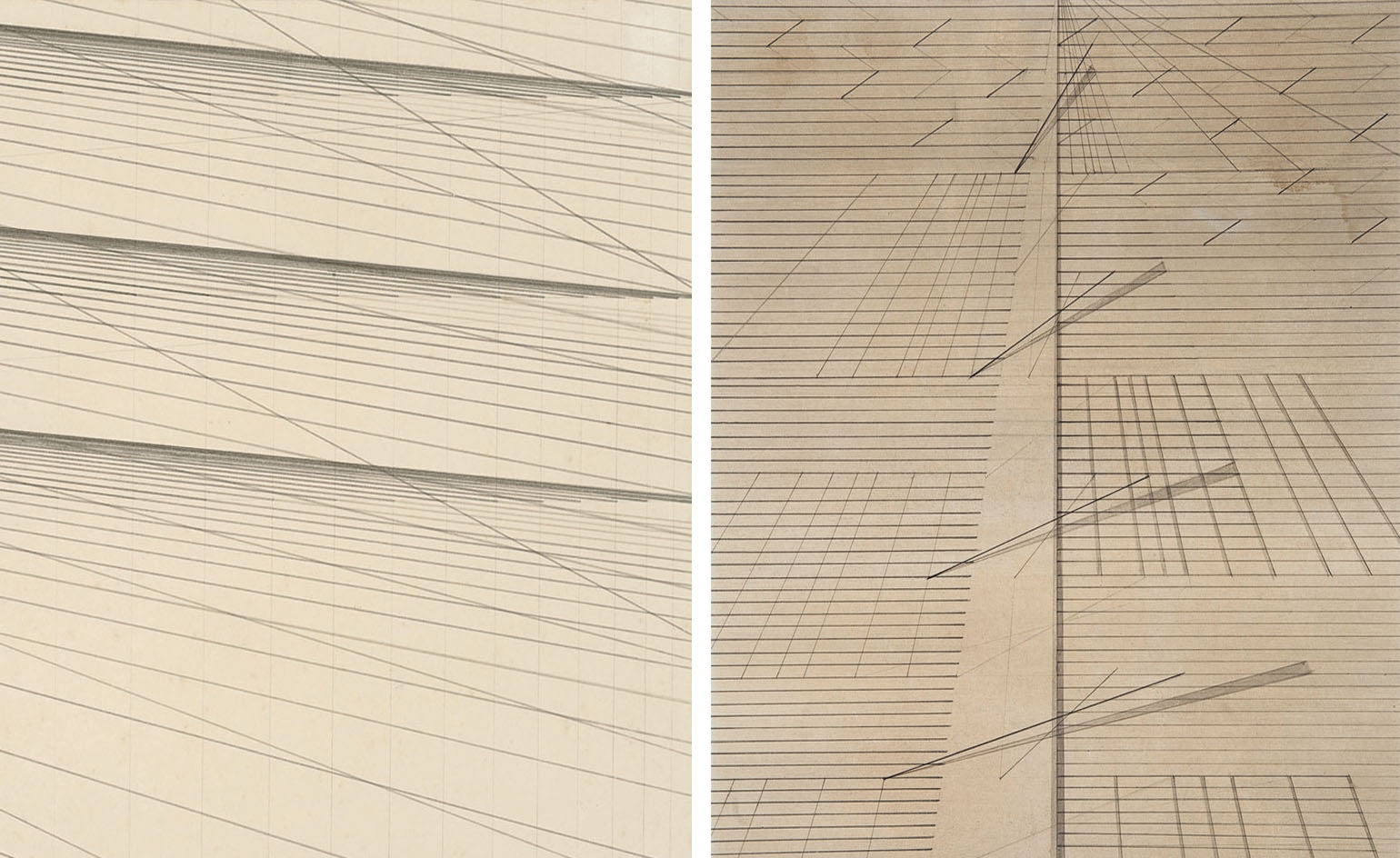
’The fact that she is a woman is absolutely essential here,’ says Indian art collector and philanthropist Kiran Nadar. ’She didn’t get acknowledged whilst she was alive but now she is receiving it here.’ Pictured left: Untitled, c. 1970. Right: Untitled, c. 1975

This particular show combines more than three decades of Mohamedi’s work, including her few early oil paintings, collages, drawings in ink and graphite, watercolours and photographs. Pictured: Untitled, c. 1969
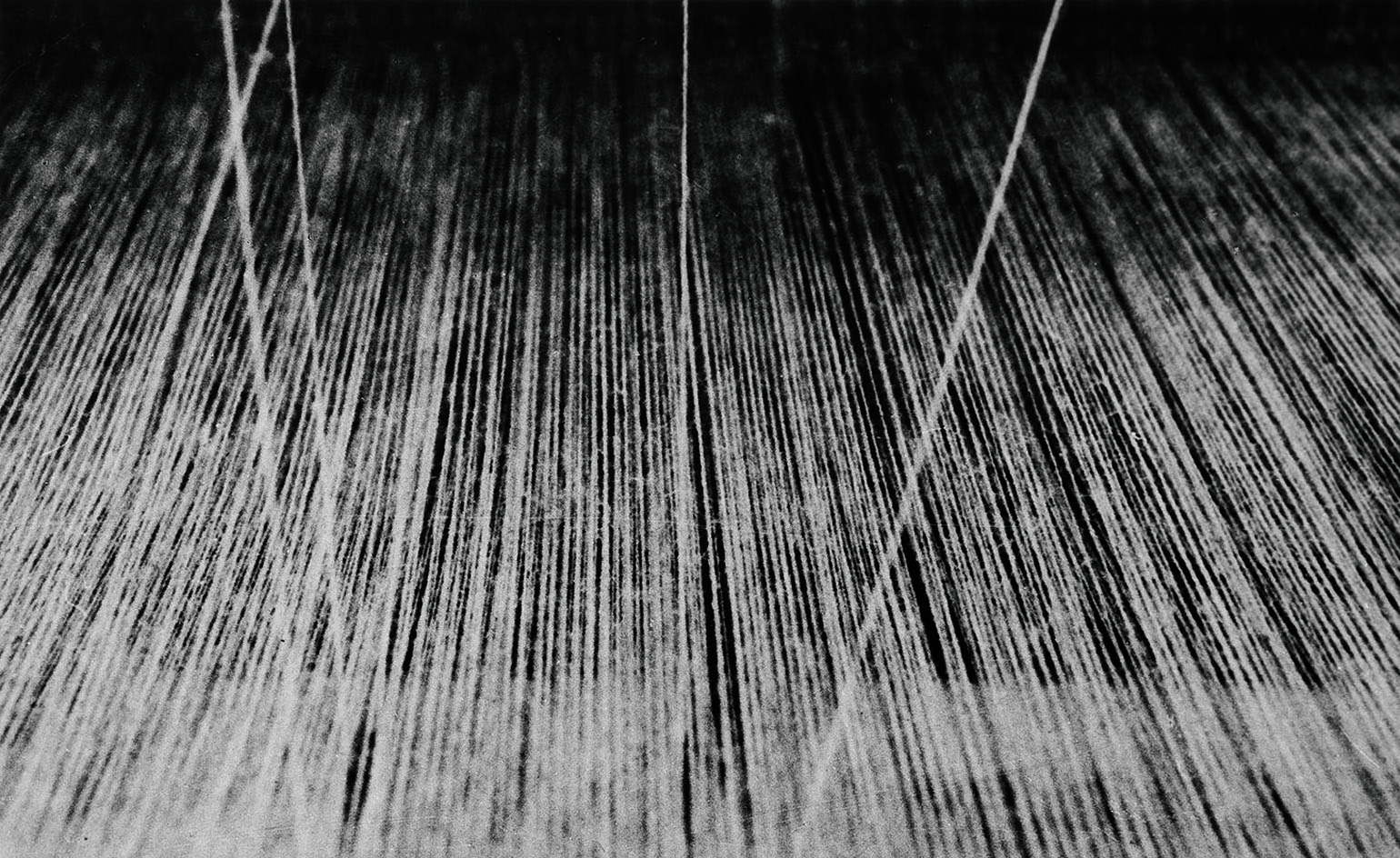
’Indian art has always had a moment and the West is now recognising it,’ says Nadar. Pictured: Untitled, c. 1970
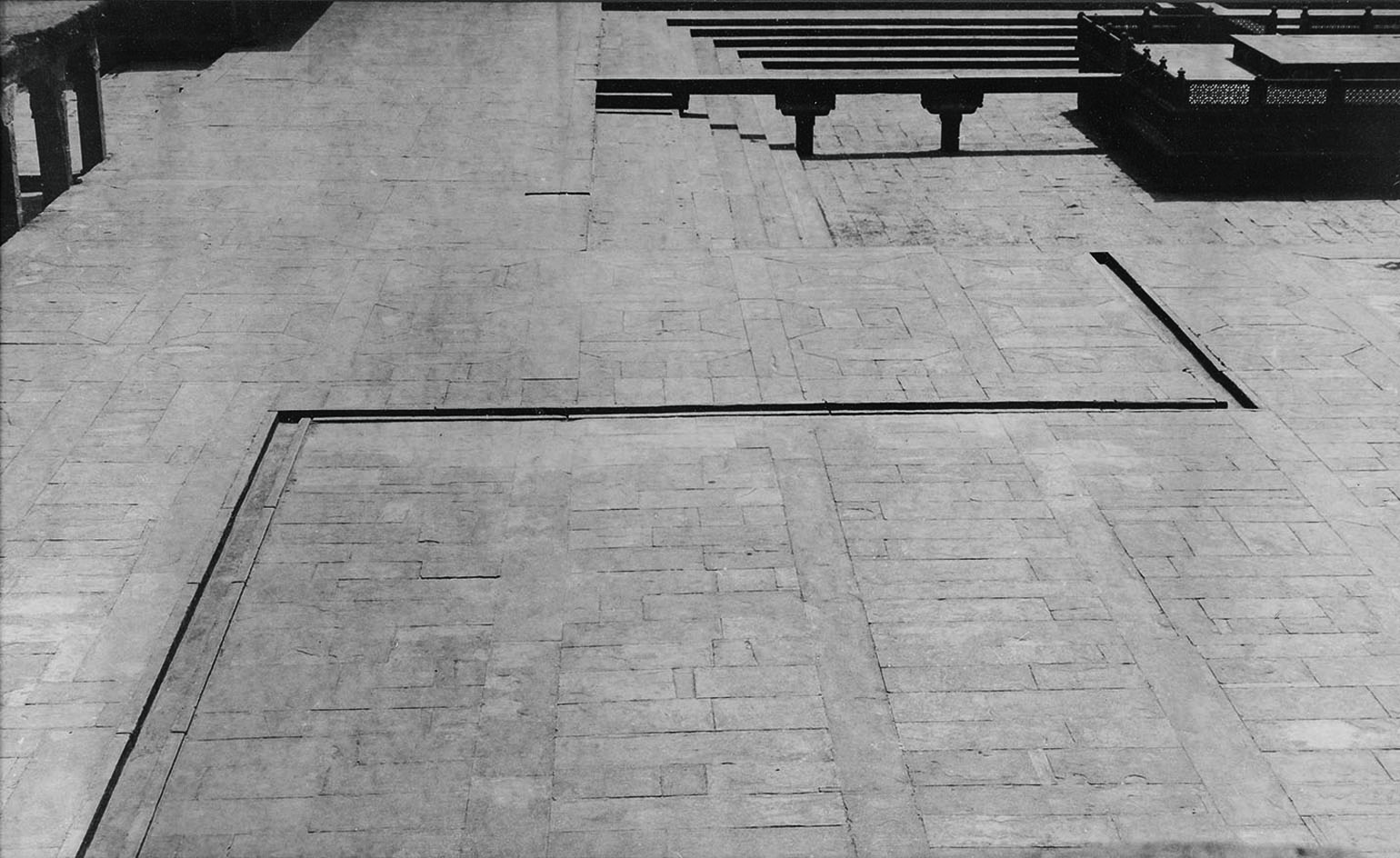
In Indian modernism, Mohamedi will always represent the powerful and brave figure that broke away from a dominant figurative-narrative mainstream practice. Pictured: Untitled, c. 1972
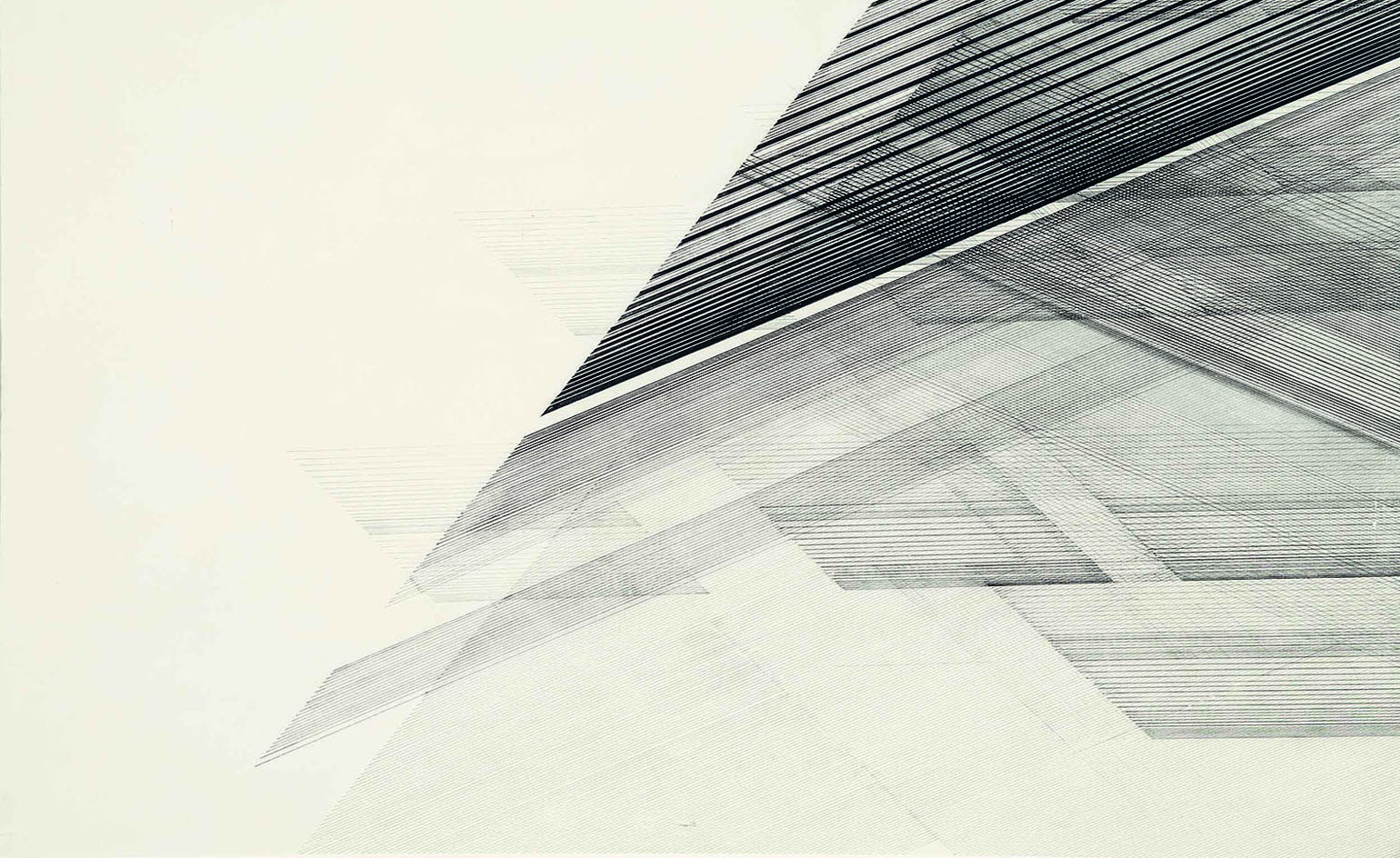
Mohamedi, according to Nadar, wasn’t the type to theorise heavily about her work but documented her internal dialogue in a form of soliloquy. Pictured: Untitled, c. 1975
INFORMATION
'Nasreen Mohamedi' is on view until 5 June. For more information, visit the Met's website
Photography courtesy The Met Breuer
ADDRESS
The Met Breuer
945 Madison Avenue
New York, NY 10021
Receive our daily digest of inspiration, escapism and design stories from around the world direct to your inbox.
Daniel Scheffler is a storyteller for The New York Times and others. He has a travel podcast with iHeart Media called Everywhere and a Substack newsletter, Withoutmaps, where he shares all his wild ways. He lives in New York with his husband and their pup.
-
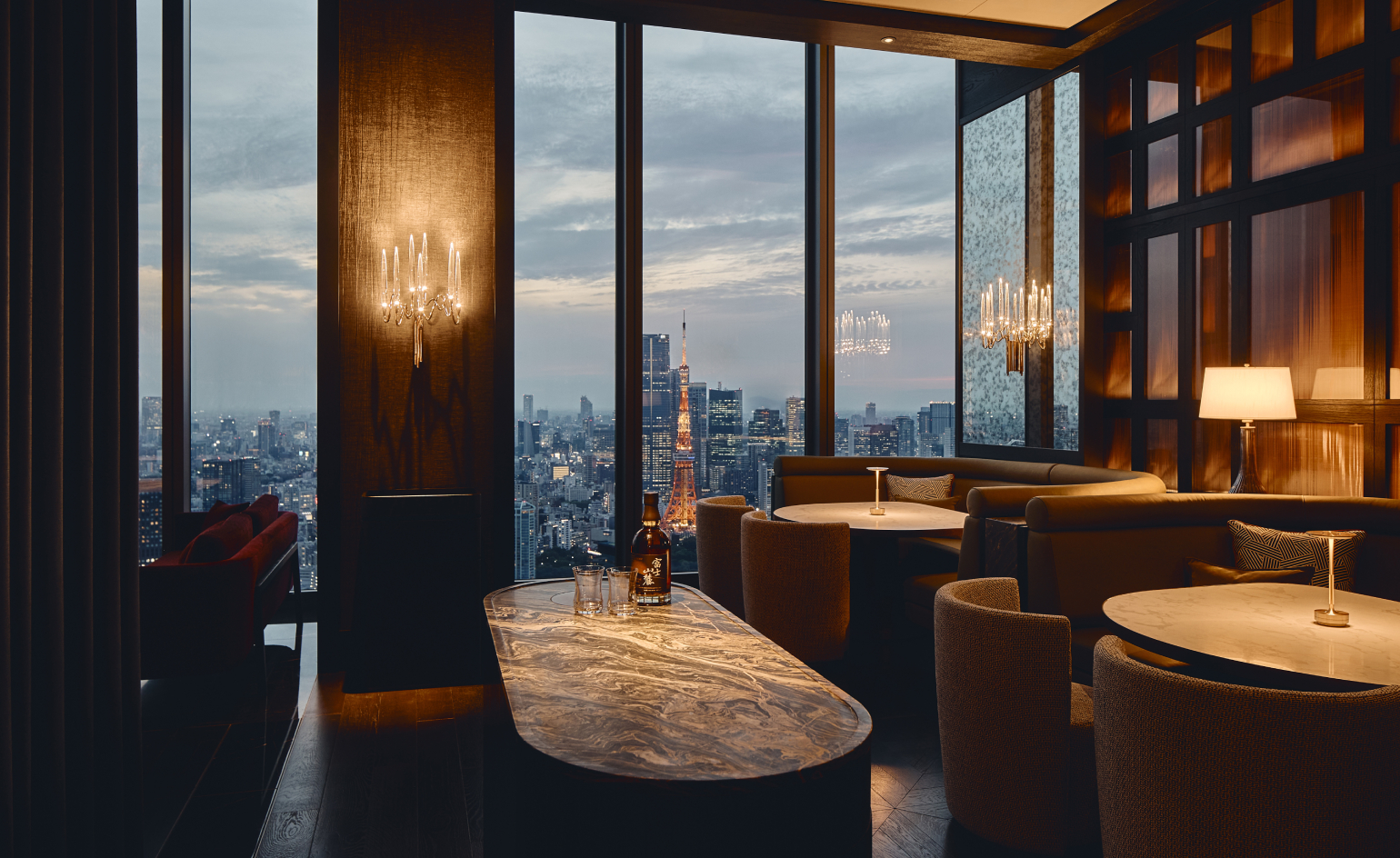 Is this Tokyo’s most alluring new hotel?
Is this Tokyo’s most alluring new hotel?In the world’s busiest capital, a new benchmark for serenity emerges 35 floors above ground. We checked into the Fairmont Tokyo
-
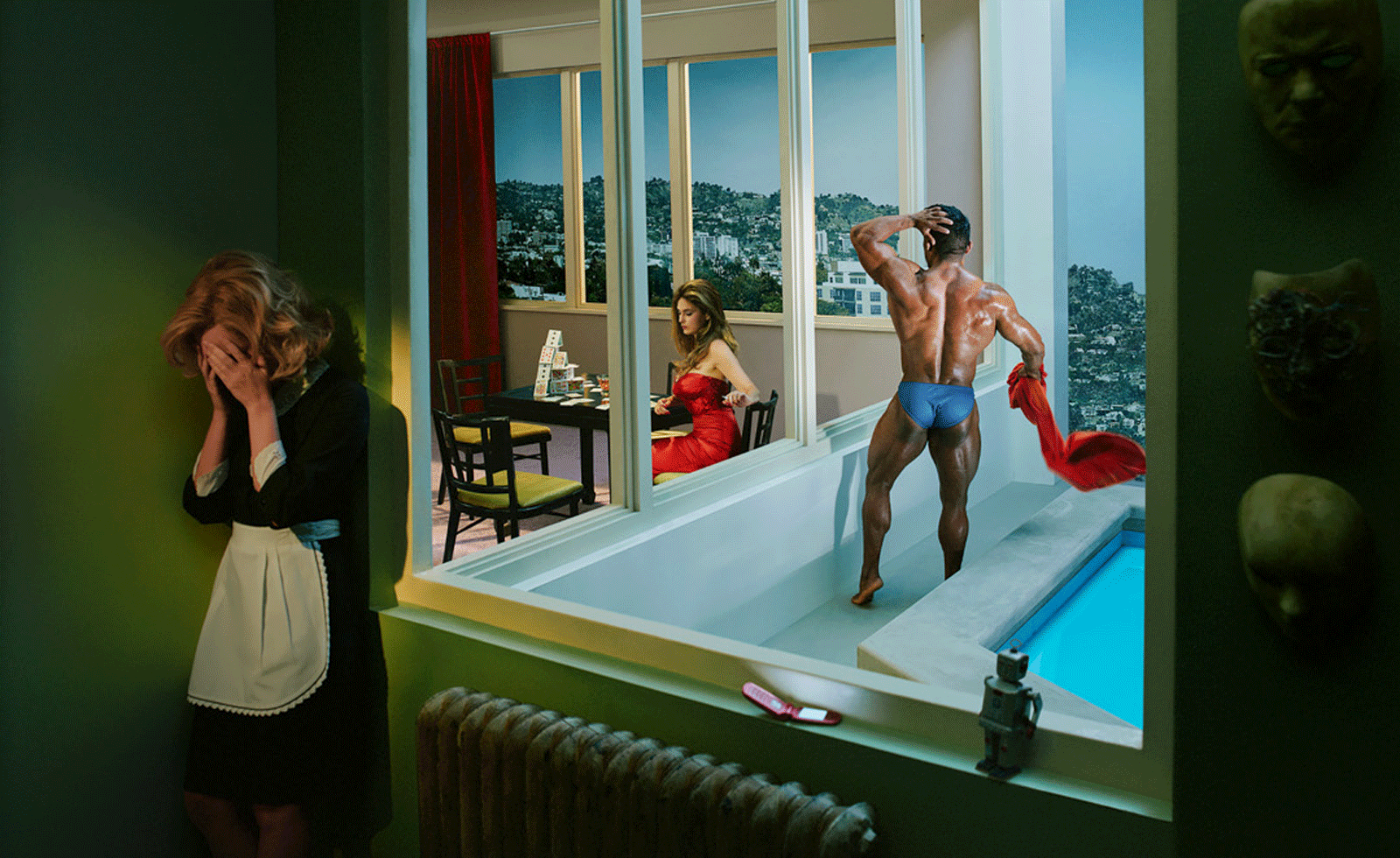 What to see at Art Basel Miami Beach 2025 – nine brilliant booths
What to see at Art Basel Miami Beach 2025 – nine brilliant boothsThe buzzy Miami art fair (5-7 December) will bring together more than 280 leading international galleries and a packed week of pop-ups and parties – start with these must-see booths
-
 An elegant Argentine restomod keeps the spirit of the sporting 1930s alive
An elegant Argentine restomod keeps the spirit of the sporting 1930s aliveThe SP40 Restomod by Iconic Auto Sports is an update of a classic 1930s custom job, enhanced for the modern era
-
 Out of office: The Wallpaper* editors’ picks of the week
Out of office: The Wallpaper* editors’ picks of the weekIt’s been a week of escapism: daydreams of Ghana sparked by lively local projects, glimpses of Tokyo on nostalgic film rolls, and a charming foray into the heart of Christmas as the festive season kicks off in earnest
-
 Ed Ruscha’s foray into chocolate is sweet, smart and very American
Ed Ruscha’s foray into chocolate is sweet, smart and very AmericanArt and chocolate combine deliciously in ‘Made in California’, a project from the artist with andSons Chocolatiers
-
 Inside the work of photographer Seydou Keïta, who captured portraits across West Africa
Inside the work of photographer Seydou Keïta, who captured portraits across West Africa‘Seydou Keïta: A Tactile Lens’, an exhibition at the Brooklyn Museum, New York, celebrates the 20th-century photographer
-
 Out of office: The Wallpaper* editors’ picks of the week
Out of office: The Wallpaper* editors’ picks of the weekFrom sumo wrestling to Singaporean fare, medieval manuscripts to magnetic exhibitions, the Wallpaper* team have traversed the length and breadth of culture in the capital this week
-
 María Berrío creates fantastical worlds from Japanese-paper collages in New York
María Berrío creates fantastical worlds from Japanese-paper collages in New YorkNew York-based Colombian artist María Berrío explores a love of folklore and myth in delicate and colourful works on paper
-
 Out of office: the Wallpaper* editors’ picks of the week
Out of office: the Wallpaper* editors’ picks of the weekAs we approach Frieze, our editors have been trawling the capital's galleries. Elsewhere: a 'Wineglass' marathon, a must-see film, and a visit to a science museum
-
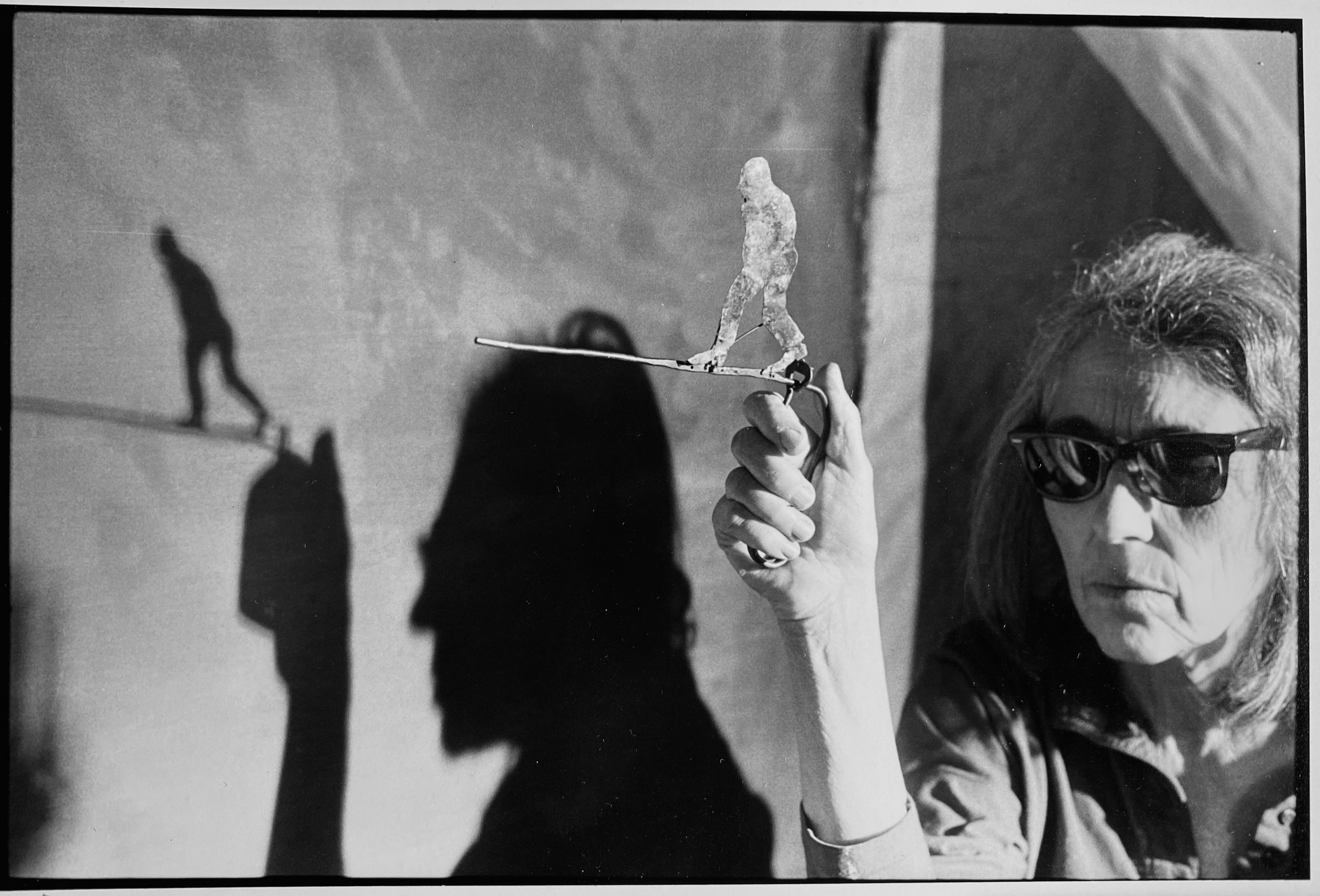 June Leaf’s New York survey captures a life in motion
June Leaf’s New York survey captures a life in motionJune Leaf made art in many forms for over seven decades, with an unstoppable energy and fierce appetite leading her to rationalise life in her own terms.
-
 Jamel Shabazz’s photographs are a love letter to Prospect Park
Jamel Shabazz’s photographs are a love letter to Prospect ParkIn a new book, ‘Prospect Park: Photographs of a Brooklyn Oasis, 1980 to 2025’, Jamel Shabazz discovers a warmer side of human nature